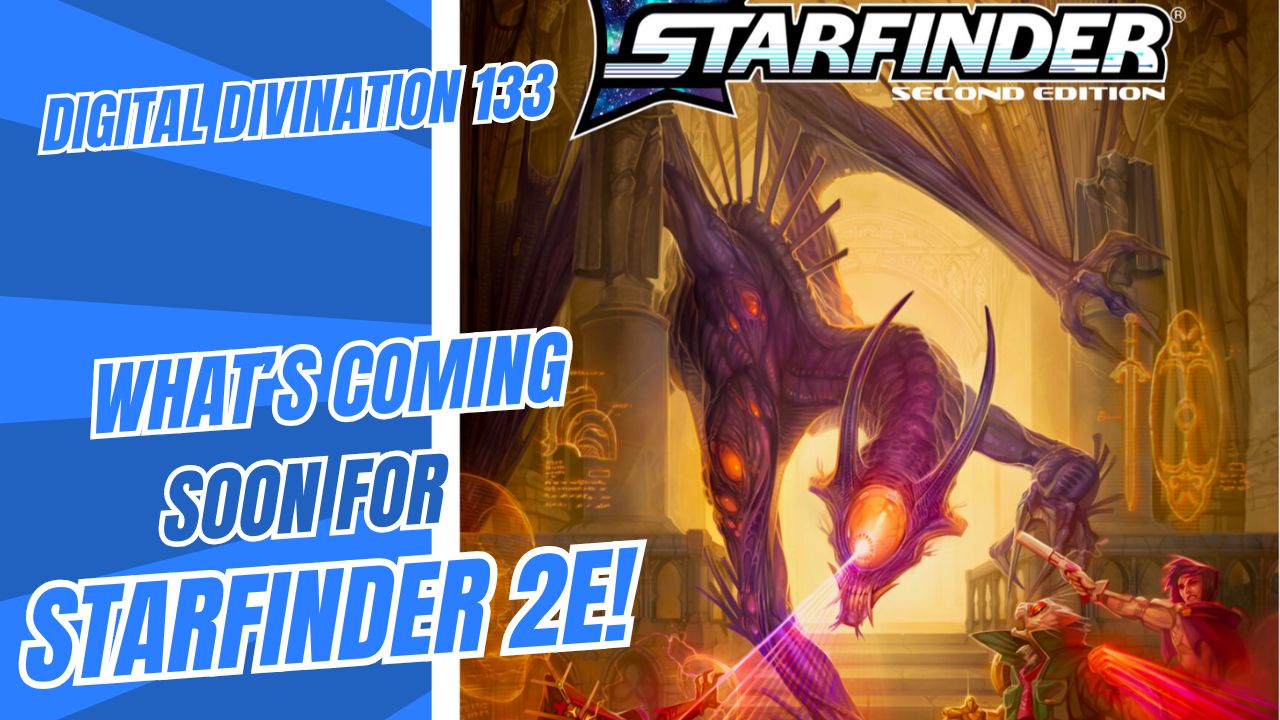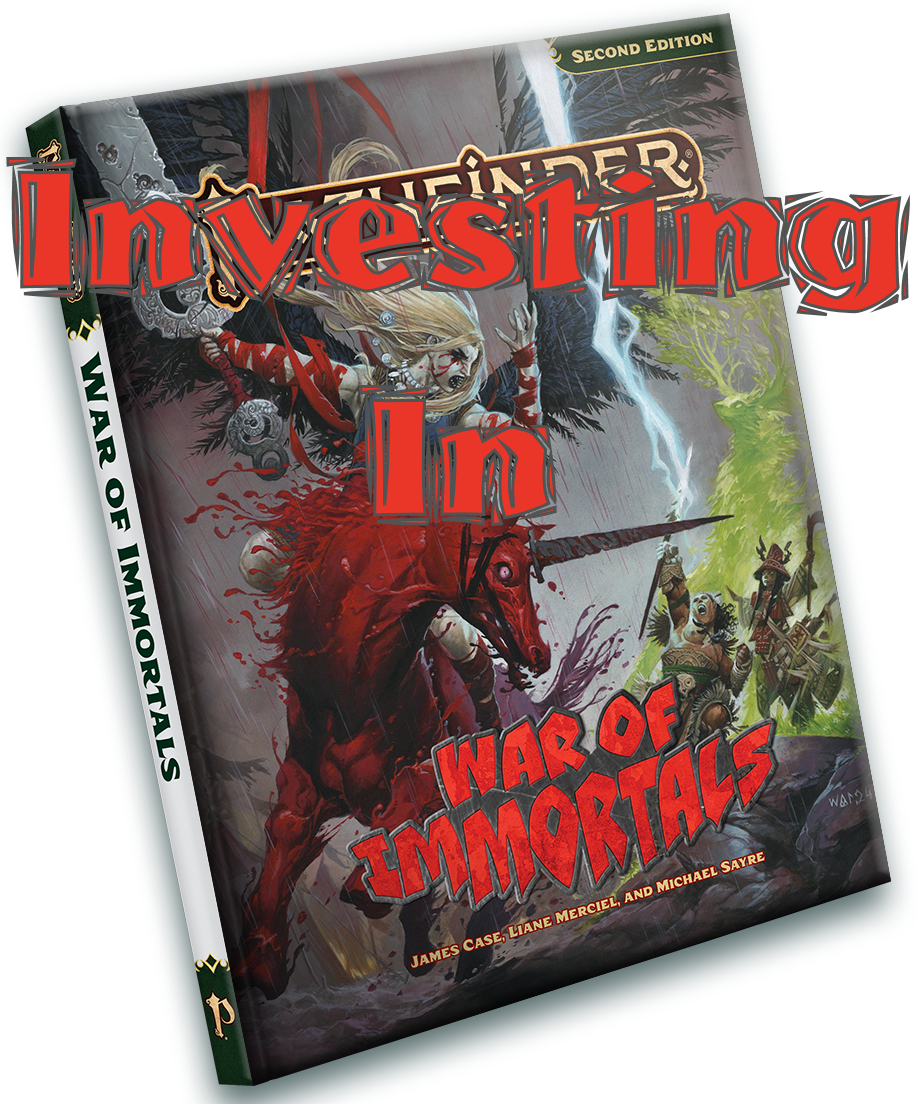The only official Dungeons and Dragons book of optional rules released in third edition, Unearthed Arcana (UA) promises alternatives to how the game is played. Consider it a collection of house rules for players that might be having trouble working within the parameters of the game outlined by the PH, and an answer to maybe player’s cries that “this rule should work this way”.
At a Glance
The cover says it all. A pale character in over her head is windswept by the power surging from the book she just opened, her fingertips scorches from touching it. Great use of colour, and a clever metaphor for the wide range of forbidden options found within. The otherwise black cover really stands out as well, separating it from the standard D&D sourcebooks.
There appears to be fewer than average illustrations in UA, maybe because of all the pages dedicated to hexgrids, or maybe cause so much of the book required outside the box thinking. No other sourcebook that I can remember ever featured a painting of D&D players done in a fantasy style, like Wayne England’s illustration on page 134. And when was the last time you saw monsters holding up their XP value on signs, like in Richard Sardinba’s illustration on page 215.
Highlights include Ron Spencer’s Dwarf Paragon and Savage Bard, two illustrations that nicely capture the toughness of the classes, and his depiction of a half-orc taking time to meet a young would-be fighter on page 181 amuses me. Doug Kovacs’ chapter three header featuring four alternate routes PH PC Regdar could have taken is an amusing way of opening the chapter on Building Your Character. And any DM looking for a profile picture for a reoccurring wizard villain need look no further than Wayne England’s Insane Wizard.
Highlights
A Wealth of Great Ideas!
Unearthed Arcana packs its pages with an unfathomable amount of options, thanks to a very economical format. UA packs in only the essential new information to use the option and referencing the core rule books to flesh ideas out. What other book could fit 36 new races into ten pages?
These rules can be simplified into two groups: character options and house rule options. Character options are new rules with an experimental feel that affect just the player choosing them, like taking a Flaw (a fundamental disadvantage) to take an extra Feat. House Rule options are alternatives to established rules that affect the entire game, like the direction a character faces playing a role in combat. There are a few options that straddle these two groups, like the turning undead variants, but largely these two categories cover most of what’s in the book.
Unlike Anything Else Out There
Unearthed Arcana changed the boundaries of a sourcebook and what options are viable for character creation. The Racial Class Features that debuted in Races of Stone and the Alternate Class features that debuted in Player’s Handbook II (or debatably Complete Warrior) owe their roots to the Paragon Classes and Variant Classes introduced here. Better yet, even though the paragon classes and Variant Classes could have just been reprinted in the Races Of and Complete series, they weren’t. So if you are only considering this book for the character options, rest assured that they haven’t shown up anywhere else.
Solutions to Old Problems
Every gaming group has house rules. They find a rule that just doesn’t work for them and create an alternative. They aren’t usually written out, the groups generally wing it. Unearthed Arcana feels like it’s a collection of game designer house rules, and game designers define their house rules. Craft points replace the cumbersome PH item creation rules. Injury rules add the realism that a straight forward hit points system doesn’t offer. And hex grids ease the burden of counting one-and-a-half diagonal movement. Obviously you don’t have to agree that all the rules needed alternatives, but it’s fun to see how other people have gotten around the problems they’ve found.
Low Points
Further Exploration Required
As mentioned, many of the rules introduced here inspired official versions in later sourcebooks. But for those that didn’t, there is no follow up material. If you want more Flaws to choose from, you have to track down an older issue of Dragon magazine, or make your own. Or if you want a Goliath Paragon Class, you’re out of luck. The designers did go the extra mile to include some popular non-PH options in the character building rules, but obviously not infinite.
Option Arguments
Technically, everything in the game is optional and if the DM feels a player is employing a broken option or has come up with a broken interpretation of an otherwise balanced option, a DM always has the right to say “That is making this game harder for me to run which takes away from my enjoyment of the game. I’m going to have to ban it”. It may not always be as simple as that, but it is simpler than a member of the group convincing everyone else that there are better ways of handling certain rules. Everyone in the group has to agree that, say, the Vitality and Wounds Points system is better than how critical hits work. The officially optional nature of the rules means more discussion is needed before a session or new campaign, and more arguments can arise.
Unused Material
There are only so many optional rules you can use before you’re learning a whole new game. The race and class variations are easy to work in because they generally only affect one character. But for rules that affect how the game plays, like gaining damage reduction through non-magical armour, every player needs to learn these rules. As a result, only a certain number of them can be employed without bogging the game down.
The introduction suggests that a gaming group will make use of fewer options from this book than most. I understand that the only way to make a book of optional material work is if most of it is never used, but for those that try to get the most out of every book they buy, they should know this book will not ride your dollar as far.
Juicy Bits
Paragons Classes are a throwback to the early editions of D&D where exotic fantasy races like dwarves and elves were considered their own race. It’s an option that grants more racial bonuses as a character level. For example, a gnome paragon gains more spell-like abilities, because he is such a gnome he is even better at that which gnomes are known for.
There’s some debate about the variant paladins (Paladin of Freedom, Paladin of Slaughter, Paladin of Tyranny) because they can be used as loopholes to get around the strict alignment requirements of the standard paladin class. I strongly disagree, and feel that it makes far more sense that all gods would have holy warriors smiting in their name, not just the Lawful Good, Neutral Good, and Lawful Neutral gods.
Swiped from the Star Wars role-playing game, vitality and wound points work like hit points but make critical hits much deadlier. Instead of dealing double damage on a critical hit (or whatever the weapon’s multiplier is), a critical hit forgoes the vitality point (which is equal to what a class’ standard hit points would be) and deals damage directly to a character’s wound points, which are equal to his constitution score.
Personal Experience
I’ve paid off a goliath’s level adjustment. The system introduced works well at keeping the balance between races with racial modifiers and those without.
My fiancé’s first character was a battle sorcerer. The class trades some arcane might for overall toughness. It was a great introduction to the game, letting her learn new spells more slowly without worrying that her fragile character would be dead any session.
My gaming group decided early on that hex grids were for us. Every now and then we charge a bit crooked, which is worth losing in exchange for faster game play. The only downside is that Wizards of the Coast started releasing really gorgeous preprinted battle maps and scenarios, all on square grid.
Overall
Unearthed Arcana is a real gem. It wasn’t released to fit a schedule or a theme, it wasn’t even in great demand. It was just a collection of rules that were too good to discard but didn’t fit anywhere else. I’m sure there are also rules in here that were being developed for official content when third edition was being play tested. But despite there being something for everyone, there’s a lot of content for almost no one and very few traditional options. If you’re interested in taking your game in a different direction, this book is invaluable. If you just want more feats, more classes, more spells, etc, there are better books for that.
If You Liked This Book…
If you like the variant classes and background tables in UA, the Player’s Handbook II has alternative class features and background rules.
If you liked the Paragon Classes, the Races Of series has more information on these and more races, as well as racial class features.
If you liked Bloodlines, Savage Species lets you play more than just a monster’s distant relative.




Leave a Reply